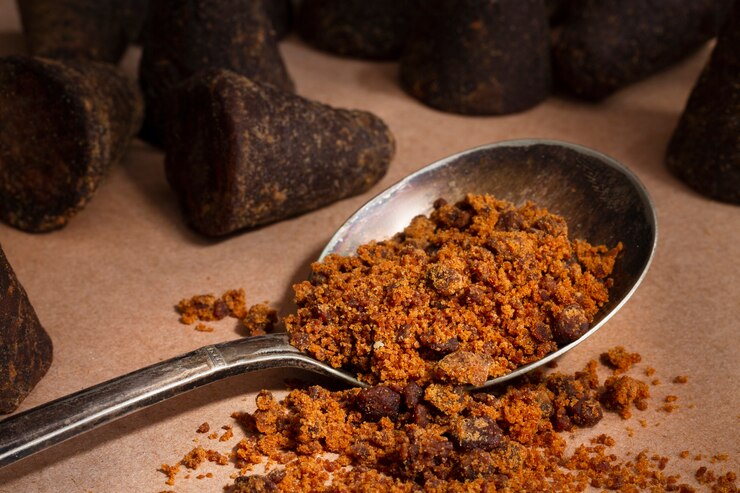About Us
Learn More About Us
I set up a micro jaggery manufacturing unit fully built in cement concrete. A highly hygienic environment is maintained.
I use stainless steel food grade utensils to obtain hygienic jaggery.
I am retired Group "A" officer from Department of Agriculture, Government of Maharashtra and presently preparing chemical free sugarcane & hygienic jaggery having no adulterations, no chemicals, no flavors and no coloring agents.
- To fetch remunerative price for sugarcane produced at our farm through value addition to increase profitability.
- To earn customer trust on jaggery products manufactured at GOVIND GUL UDYOG
- To save the soil and environment
- To demonstrate importance of value addition amongst nearby farmers
All protocols are in place from sugarcane harvesting to packaging and transportation of packaged material including cleaning of utensils and washing of work area.
No chemicals are added while preparing jaggery.
Sugarcane and jaggery unit is offered for organic certification.

Our Business Goal

Mission
To manufacture hygienic, chemical free jaggery with zero adulterations from organically grown sugarcane implementing innovative production processes adopting ethical principles and delivering these quality products to build customers’ trust and confidence.

Vision
To be the most hygienic and trustworthy jaggery brand by inspiring the next generations of farmer entrepreneurs and value to consumers.
I sent a sample of this jaggery to NABL accreditated lab and found this jaggery pesticide residue free loaded with full of energy, carbohydrates and minerals with no cholestrol.
About Jaggery
Did You Know About Jaggery
Contact
Need Help? Contact Us
Our Address
Gut No 185, Hingani B.K Tq and District Beed via Chowsala Maharashtra Pin 431126
Email Us
dynamicpg@gmail.com
Call Us
+91 7972720563



